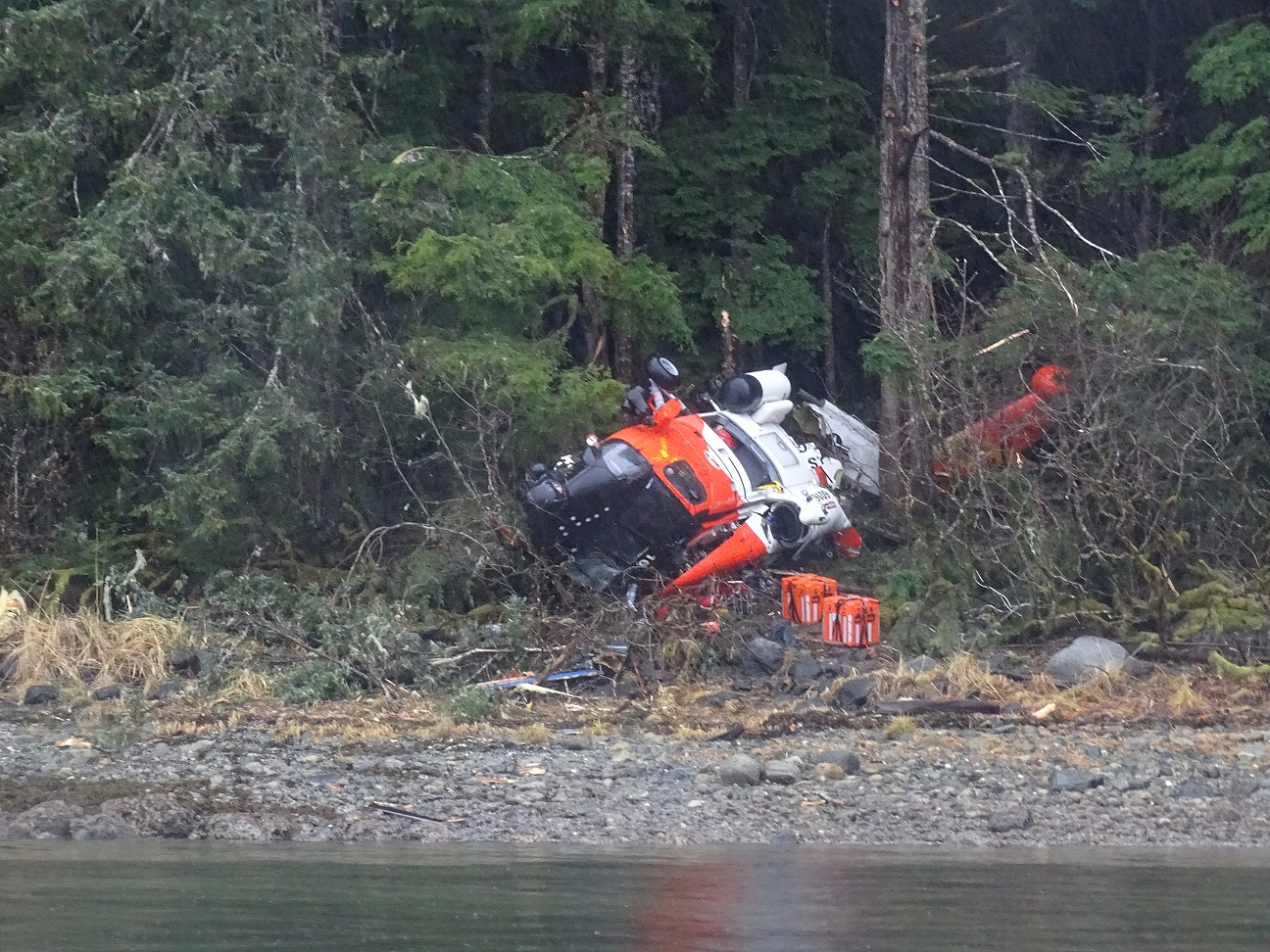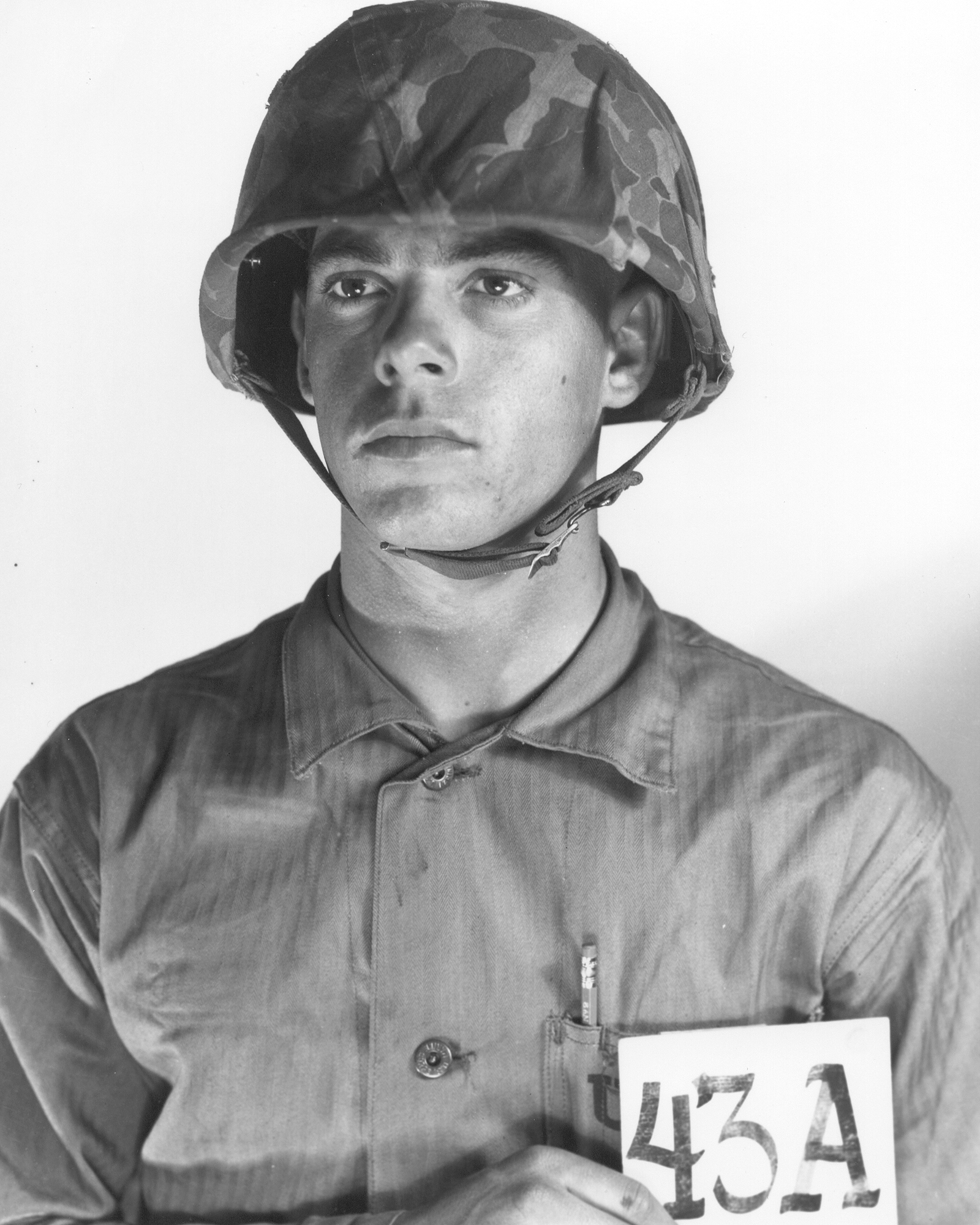Helicopters are marvels of aviation, capable of vertical flight, hovering, and accessing terrain impossible for fixed-wing aircraft, but this versatility comes with inherent complexities. When things go catastrophically wrong in a helicopter, the experience is uniquely terrifying. Unlike planes, which might glide, a helicopter suffering critical failure often falls precipitously, spins violently, and impacts the ground with brutal force. The transition from routine flight to sheer chaos can be instantaneous, plunging occupants into a disorienting world of noise, G-forces, and terrifying speed.
Understanding what it's like inside that metal cage during its final, uncontrolled descent is difficult for those who haven't lived it. It's a sensory overload, a compression of time, and a primal test of survival instinct. To grasp the reality, we turn to the harrowing accounts of U.S. servicemembers who survived these ordeals.
Tail Rotor Snap - CW4 Michael Durant (Somalia, 1993)
Perhaps the most famous modern account comes from CW4 Michael Durant, pilot of the UH-60 Black Hawk "Super 6-4" during the Battle of Mogadishu in October 1993. His experience, detailed in his book "In the Company of Heroes," provides a pilot’s perspective on losing control under fire. While providing air support, Durant's Black Hawk was struck in the tail rotor by a Rocket-Propelled Grenade (RPG).
The effect was immediate and catastrophic. Durant describes the tail rotor instantly ceasing to function, causing the helicopter to snap into a violent, uncontrollable clockwise spin. The centrifugal force was immense, pinning the occupants outward. Inside the cockpit, alarms blared over the roar of the wind and the failing engines. Durant fought the controls, trying instinctively to counteract the spin and slow the descent, but the aircraft was unresponsive.
He recounts the terrifying visual – the ground rushing up, spinning faster and faster. Training takes over even in panic; pilots are taught to cushion the landing by pulling collective pitch at the last second to use remaining rotor energy, and to level the aircraft to distribute the impact. But the speed of the spin and descent made this incredibly difficult. Durant describes the sickening lurch and the final, earth-shattering impact as the Black Hawk slammed into the dense urban neighborhood. The crash itself was a maelstrom of tearing metal, shattering plexiglass, and violent G-forces. Surviving the impact was only the first step in Durant’s ordeal, which included severe injuries and capture, but the moments between the RPG hit and the crash encapsulate the horrifying loss of control and rapid plummet unique to helicopter disasters.
Chaos in the Cabin - CW4 Michael Rutledge (Iraq, 2004)
The experience inside the cabin for crew or passengers can be just as harrowing, if not more so, due to the lack of control. CW4 (Ret.) Michael Rutledge was piloting a UH-60 Black Hawk on a medical evacuation mission in Iraq in 2004 when his aircraft came under intense enemy fire. His accounts, shared through Army channels and veteran platforms, paint a vivid picture of the chaos within the helicopter during its final moments.
Rutledge describes the sudden, jarring impacts as rounds struck the aircraft. Warning lights flashed, and the distinctive sounds of metal being hit filled the cockpit and cabin. As the helicopter lost stability and began its rapid descent, the scene inside became pandemonium. Personnel and equipment, normally secured, could be thrown about violently. The noise level would be deafening – the whine of damaged turbines, the rush of wind through holes in the fuselage, weapon fire (both incoming and potentially outgoing), and the shouts of the crew.
Rutledge recalls the sheer disorientation as the aircraft potentially spun or banked sharply. The ground approaches with alarming speed, visible through open doors or windows. Bracing for impact becomes an automatic, desperate reaction. He describes the crash not as a single event, but a sequence of brutal impacts as the helicopter hit the ground, potentially bounced or skidded, shedding parts like rotor blades and landing gear. The noise would reach a crescendo, followed by an eerie, sudden silence or the crackle of fire. Escaping the wreckage, often while injured and disoriented, amidst smoke, leaking fuel, and potentially ongoing enemy fire, becomes the immediate, frantic priority. Rutledge's experience highlights the passenger's or crew member's perspective – trapped in a chaotic, tumbling metal box with no control, utterly reliant on the pilots and sheer luck.
The Uncontrollable Spin - CW3 Gary Linfoot (Iraq, 2008)
Attack helicopters, like the AH-64 Apache, operate differently but are subject to the same laws of physics when disaster strikes. CW3 (Ret.) Gary Linfoot was piloting an Apache on a mission near Baghdad, Iraq, in 2008 when his aircraft suffered a catastrophic mechanical failure, likely related to the tail rotor assembly, while maneuvering at low altitude. His detailed recollections emphasize the sheer violence of an uncontrollable spin from the pilot’s seat.
Linfoot described the sudden, violent yaw as the tail rotor failed. The Apache began spinning uncontrollably, rotating multiple times per second. The G-forces were intense, making purposeful action extremely difficult. Unlike Durant's experience where the spin was primarily horizontal initially, Linfoot, being lower and potentially in a different flight regime, likely experienced a more complex tumbling or corkscrewing descent combined with the rapid rotation.
He knew impact was imminent and unavoidable. From the cockpit of an Apache, the view is more encompassing than a Black Hawk, potentially making the final seconds even more visually terrifying as the landscape whirls into a blur. He recalls the feeling of utter helplessness against the overwhelming forces tearing the aircraft apart even before impact. The crash itself was described as incredibly violent. Linfoot survived, but the force of the impact caused a burst fracture of his L1 vertebrae, leaving him paralyzed from the waist down. His account underscores the extreme forces involved in certain types of helicopter failures, particularly rotational ones, and the devastating injuries that can result even if the occupants survive the initial impact.
Common Threads of Terror and Survival
Surviving a helicopter crash depends on a multitude of factors: altitude and airspeed at the time of failure, the type of failure (engine vs. tail rotor), the terrain, the aircraft's crashworthiness features (like energy-absorbing seats and landing gear), and a significant element of luck. The experiences of Durant, Rutledge, Linfoot, and countless others serve as visceral reminders of the inherent risks of rotary-wing flight, especially in demanding environments. Their survival is a testament to training, aircraft design, and the unbreakable human will to live, even after falling through hell in a helicopter.



%201.svg)









